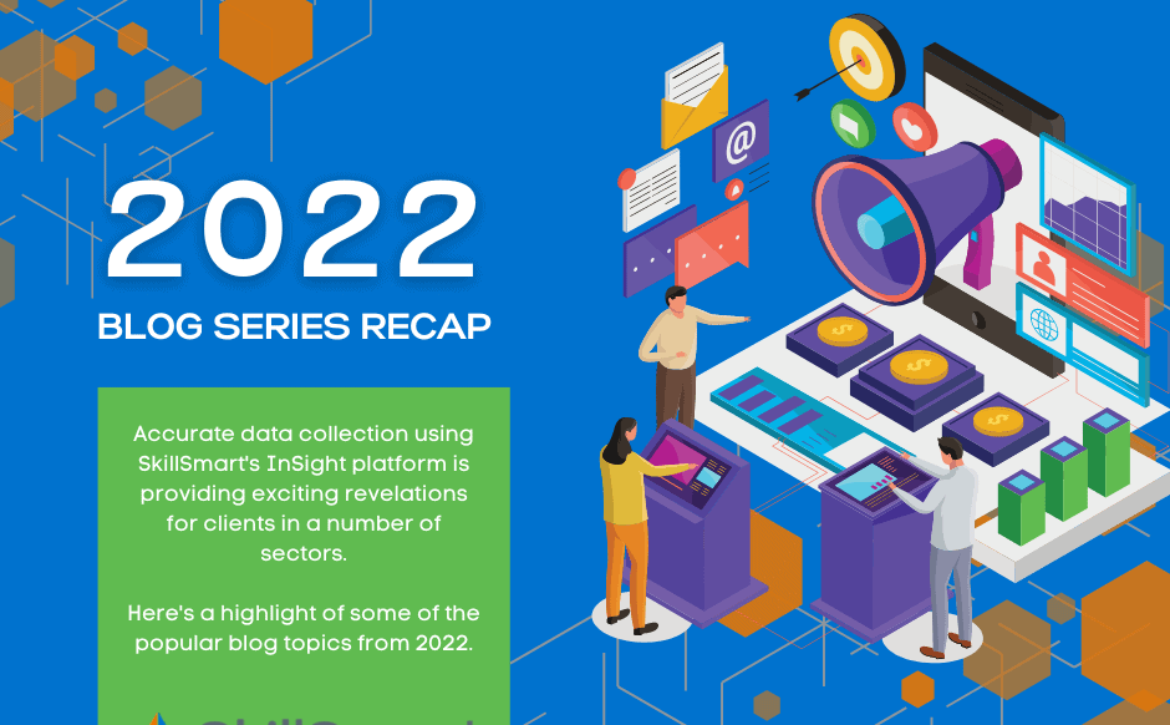Using Federal Funding and Building a Stronger Workforce
America is at the beginning of a government-supported building boom. Between 2021 and 2022, Congress invested more than $2.3 trillion across three pieces of legislation—the Infrastructure Investment and Jobs Act, the Inflation Reduction Act, and the CHIPS and Science Act—to enable critical transportation, climate, energy, environmental, broadband, and semiconductor manufacturing infrastructure through a combination of direct spending, grants, formula funds, and tax incentives1 .
We’re still very much on the front end of this, with about 10 percent, or about $220 billion, disbursed so far according to various news reports. One of the key themes associated with using these funds is measuring and reporting workforce outputs and outcomes in order to demonstrate the positive impact these funds are having in the communities where the funding is being invested.
On the infrastructure and construction side, we’ve already seen a move for general contractors to track this information to meet prevailing wage requirements, but we’re also seeing an increased focus on addressing liability concerns, and protecting prime contractors against wage theft claims, and tracking the payroll of all the tiers of subcontractors on a project too. However, one of the really interesting aspects about these federal funds is the breadth of industries that can benefit. These are sectors that haven’t typically had to capture and share workforce information. There are communities eligible for grants that can capture and report this information while strengthening their local workforce. In addition, there are energy and broadband projects that can access tax incentives while demonstrating the positive workforce affects.
Most important, even though this may be a new concept for your sector or project, capturing the data and providing customized reporting for each endeavor doesn’t have to be difficult.
According to the Center for American Progress (CAP), as agency funding requirements are being developed and implemented many are likely to include language that applicants will be required to meet preexisting workforce standards, if awarded funding, as well as definitions of policy goals, ideally tied to implementation steps, enforcement, and reporting. CAP further indicates that agencies may require grantees, who are subject to certified payroll requirements, to use software that tracks demographic characteristics of workers along with hours worked and wages paid. Project owners and grantees can increase visibility by convening project partners regularly to review data and even make the project data publicly available, if the correct technology is deployed.
You can proactively position your organization for success in these areas by implementing workforce and business tracking, software like our InSight product to easily capture, manage, and report the data on one or many projects. Typically, for less than the cost of a full-time employee you can use an intuitive software to demonstrate your commitment to meeting these key funding objectives, while increasing your likelihood for success in obtaining funding and facilitate meeting the ongoing funding goals and requirements.
Finally, SkillSmart can help you tell the story of success on your project by developing reports to meet the needs of any project that you are undertaking.
The resources exist to build infrastructure, increase manufacturing capacity, and grow communities while positively affecting workers and communities across the country. At SkillSmart, we can help you easily capture data, meet your goals, and tell your story.
Citation:
1 Infrastructure Investment and Jobs Act, Public Law 58, 117th Cong., 1st sess. (November 15, 2021), available at https://www.congress.gov/bill/117th-congress/house-bill/3684/titles; Inflation Reduction Act of 2022, Public Law 169, 117th Cong., 2nd sess. (August 16, 2022), available at https://www.congress.gov/bill/117th-congress/house-bill/5376; CHIPS and Science Act, Public Law 167, 117th Cong., 2nd sess. (August 9, 2022), available at https://www.congress.gov/bill/117th-congress/house-bill/4346.
Learn More









